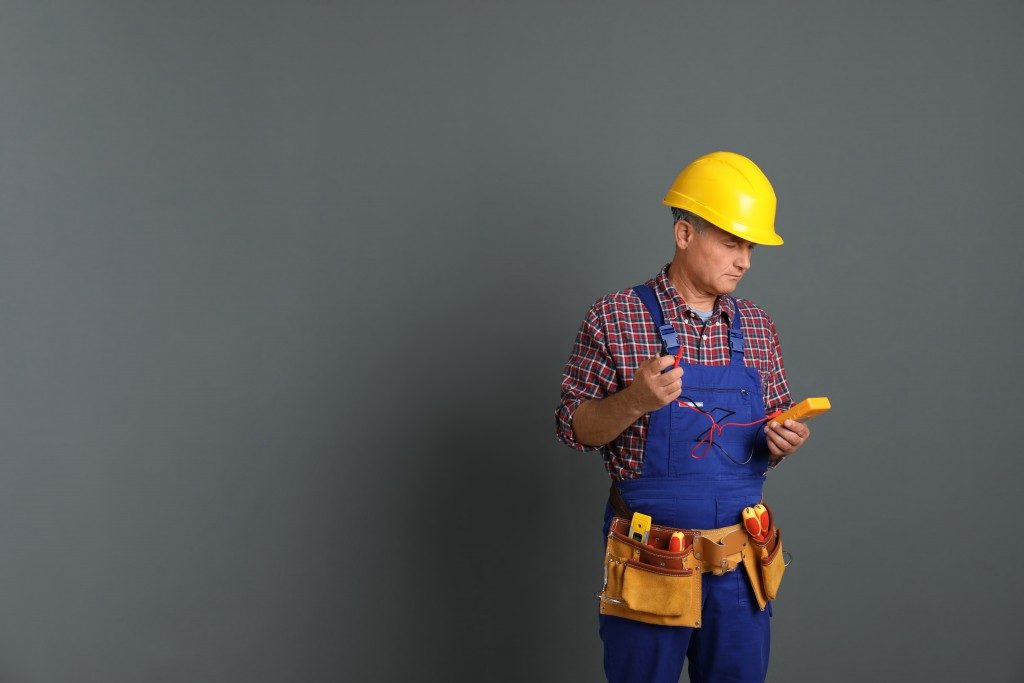Maintenance and custodial work are considered high-risk jobs, partly due to their use of chemicals in cleaning. Commercial cleaning solutions are continually becoming safer and easier to use, but certain precautions need to be followed when using them.
Choose your Source
Schools, hospitals, lodgings, and other extensive facilities require large amounts of cleaning solutions. The chemicals need to be safe, especially when children, the elderly, or the sick and infirm are involved. Purchasing from a specialized manufacturer is a better option than buying your chemicals from grocery or hardware. A company that specializes in cleaning solutions can provide custom products tailored to the needs of your facility and the safety of the people who use it. They can also offer additional support, answer questions, and even provide basic training in safety and handling of their chemicals.
Make a List
Create a database (written or electronic) of all the cleaning chemicals used and stored in your facility. This database should include the amount and storage locations of the cleaning solutions as well as the precautionary measures in handling and storing them. Emergency measures upon exposure and ingestion should also be listed in case of emergencies.
No Mixing
Try to keep the types of cleaning solutions at a minimum and purchase them from a single source. Keep chemicals in their containers and don’t transfer or mix them even if they’re the same type. Use chemicals only where they are purposed for, especially drain and window cleaning solutions. Drain and window cleaners may contain ammonia or acid. Mixing them will release toxic fumes that will be harmful to anyone present. Mixing ammonia and bleach releases toxic chloramines which can cause coughing and shortness of breath; irritation to the throat, nose, and eyes; nausea; pneumonia; and fluid in the lungs. Mixing acid and bleach release dangerous chlorine gas. Symptoms of exposure mimic that of chloramine, but chlorine gas is more toxic and can be fatal.
Label Everything
Mark every cleaning product clearly — in multiple languages if you have to. While most cleaning products have instructions and precautions written on their containers, cleaning staff will most likely disregard them. Mark your chemicals with warning signs and clear instructions on their specific use. Mark containers with “Danger” if the product is highly toxic and can cause permanent damage to the eyes and skin or “Warning/Hazard” if the product is moderately toxic.
Store and Dispose of Properly

Keep your cleaning supplies in well-ventilated areas away from extreme temperatures and sunlight. Make sure there are no HVAC vents near your chemicals to ensure fumes won’t spread throughout your building in case of a spill. Mark purchase dates on your containers and dispose of unsealed and unused chemicals after six months. While most chemicals can be safely poured down the drain, make sure to avoid mixing bleach with ammonia and acid. Consult your supplier if you have questions about disposal safety.
Chemical cleaning supplies are safe when handled and stored correctly. Instill safe practices in your operations and choose the most appropriate chemical solutions for your facility.

